Why Kailash Yatra Is Regarded As The Supreme Pilgrimage Tour?
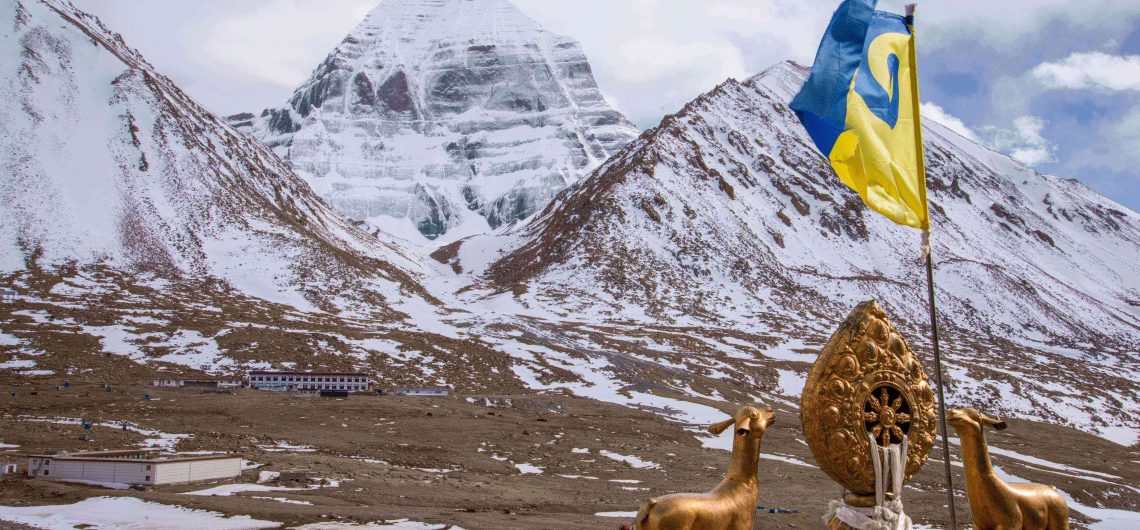
In the far west of the Tibet rests a divine mountain known as Mt. Kailash. Although full of challenges, the holy Kailash Mansarovar yatra attracts millions of worshippers from all around the world. Considered as the most striking mountain of China, Kailash stands tall like a gigantic Egyptian Pyramid surrounded by barren landscapes. The rumours are, the sacred mountain was created by a superior civilization in the ancient age. However, as of now, it is a revered site for pilgrims who wish to cleanse their sins of past and present lives.
Pilgrimages have always been a keen aspect of every culture’s spiritual essence. Considered as the centre of spiritual existence in Hinduism, the Kailash Yatra holds importance for other religions as well like Buddhism, Jainism, Tibetan Bonpo. Drinking and bathing in Lake Mansarovar, and a parikrama of Mount Kailash tends to bring good fortune to the worshippers.
In earlier times, Indians could easily visit the revered site. However, nowadays one has to apply for the holy visit with various documents and other formalities. Still, only a lucky few can complete the entire Kailash journey due to its harsh temperature, altitude and miles of walking. Although the trek is daunting and strenuous. It will be worth-every-penny and time if you can endure its harshness and challenges.
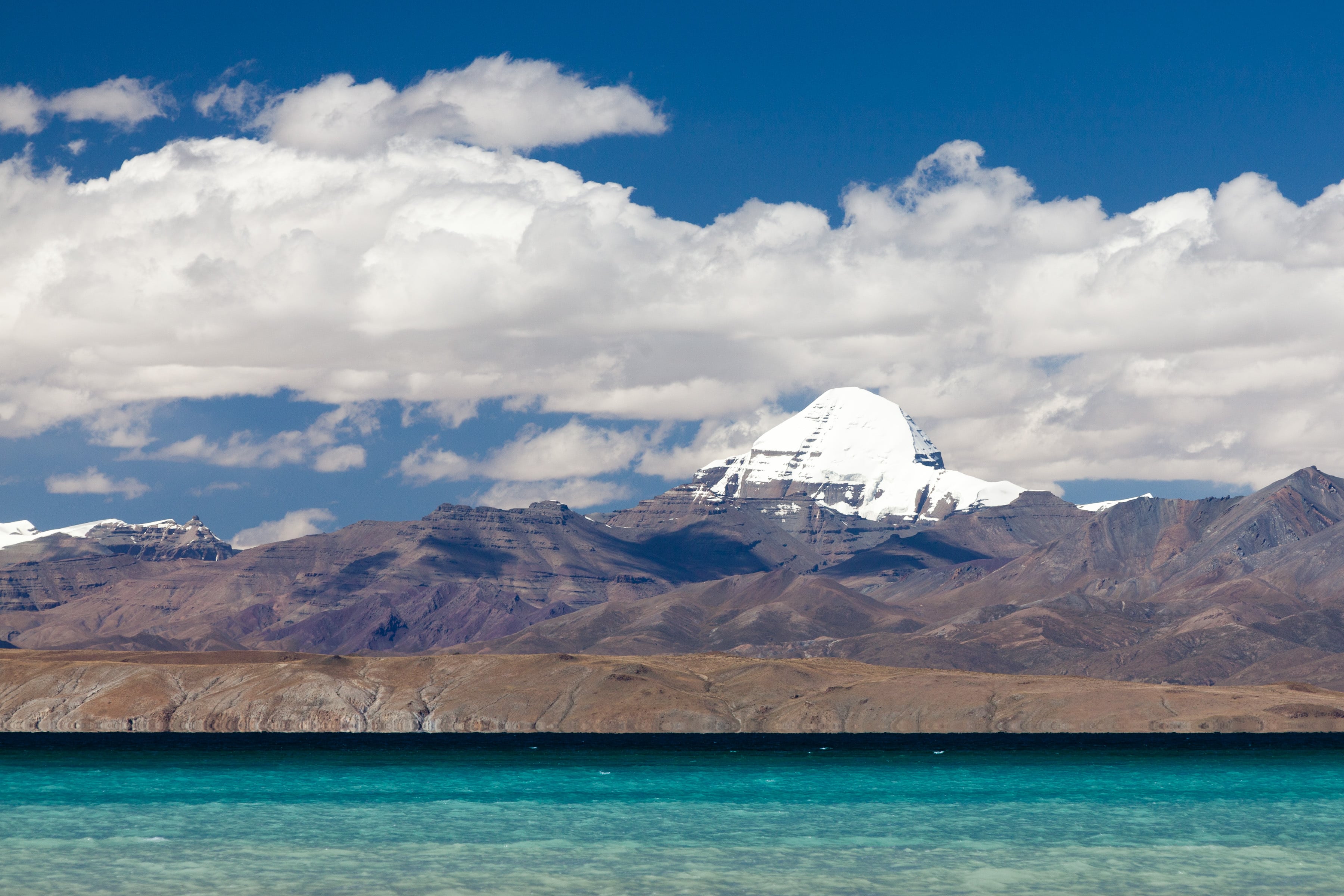
Religions Associated with Mt. Kailash
Amazingly, Kailash Yatra is a prime pilgrimage to the four separate religions – Hindus, Buddhists, Jains and Bon.
- Hindus believe Lord Shiva, one of their three main deities, meditates and lives at the top of Mount Kailash. The holy centre of the Earth!
- Jains believe the first Tirthankara (a teacher of God) named Rishabhanatha attained nirvana or freedom from rebirths.
- Tantric Buddhists believe the mountain is the home of the Buddha Cakrasamvara (literally, “supreme bliss”).
- The Tibetan Bon believe the mountain is the spiritual seat of power.
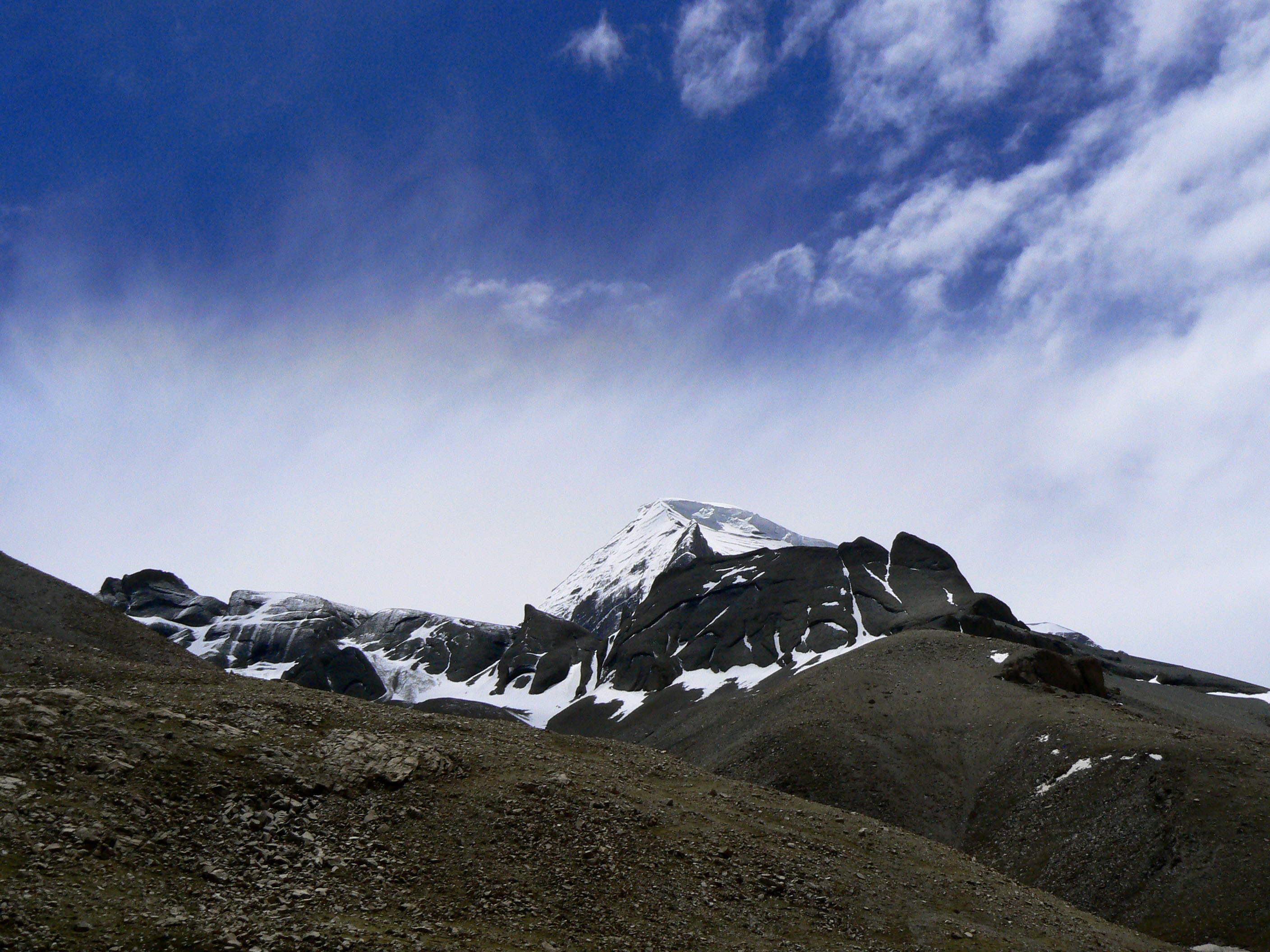
Amazing Facts and Folk tales
- Various folklores revolve around this place. Did you know Kailash was termed as Mount Meru in Buddhist Texts before the word Kailash came into existence? Also, there’s a theory that suggests the perfectly-shaped Kailash cannot be a natural occurrence. The mountain was placed and then carved out in symmetry triangular form by the superhumans.
- As per the ancient text, no mortals can set their foot on the top of the sacred Mount Kailash. It is holy ground and also the abode of the Gods. He who dares to scale the mountain will be put to death. Many mountaineers tried to ascend the mountain, however, no one could summit it. The unfavourable and strange weather conditions forced the climbers to descent back.
- The shape of the lakes is a matter of discussion since the antique ages. Lake Mansarovar, the sacred and the highest freshwater lake in the world have a perfectly round shape which resembles the sun. On the other hand, Rakshas Tal Lake takes the shape of the crescent moon. Both of these lakes represent negative and positive energies. Moreover, Lake Mansarovar is freshwater and always placid even during stronger winds. And the Rakshas Tal have salty water and is always stormy and rough.
- Most of the times, Kailash top is fringed with a lot of clouds. It is said, if you can see the summit, you are lucky and blessed. Mount Kailash has four faces, which directly point to the four directions of the compass. In addition to this, according to the ancient text, the mountain is said to be the link between heaven and earth. The followers of Kailash believe that the peak is the gateway to heaven. Mahabharatha legends, the Pandavas along with Draupadi attained moksha whilst trekking up the peak, though one of them slipped from the mountain.
What are the challenges the pilgrims face?
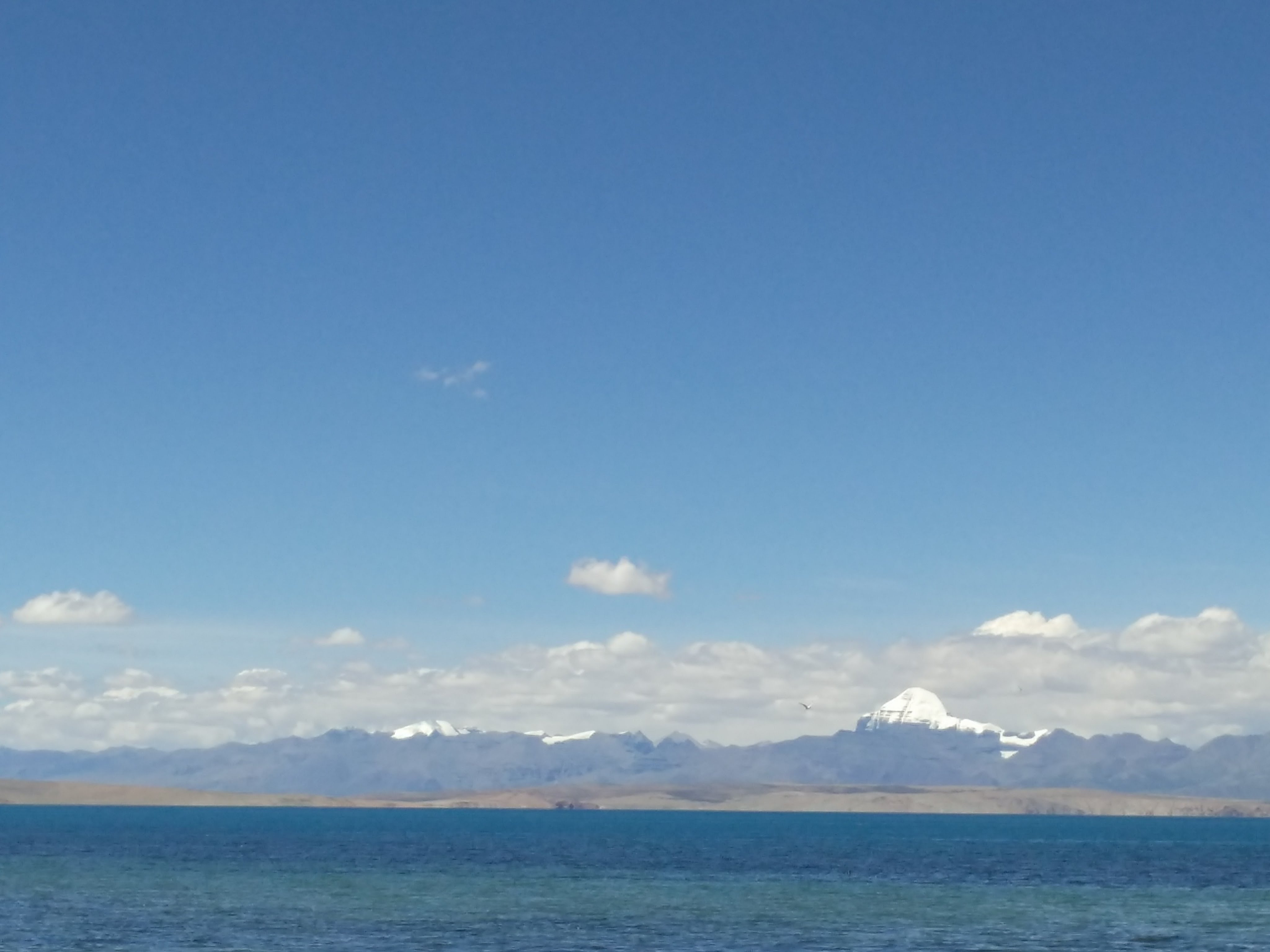
Having said that, the Kailash is a supreme pilgrimage destination, not all pilgrims get the entry permits, or can complete the entire trek. Only a lucky few people get the opportunity and the strength to finish the majestic journey of Kailash.
There are a plethora of huddles a Yatri has to go through. Approval of Visa from China Embassy, medical check-up, entry permits, documents verification and more. After getting a green signal from all of these, one has to endure the weather conditions of the Kailash region. Some people were returned due to countless reasons such as mountain sickness, injury, etc. The journey of Kailash is supremely remarkable if one can endure the tough climb and adjust with the bare minimum amenities given on the trek by the China authorities.
The most challenging part is when you will have walk 53 km in three days to finish the Parikrama (the most sacred part of the yatra) or circumambulation of the sacred Mt. Kailash. It might sound a piece of cake, but it is not. The high-altitude pressure along with bare minimum oxygen tends to discourage the Yatris. It’s best if you daily undertake a 30 to 60 min workout session to walk extensive kilometres. And if you can complete it, congratulations in advance, you are the lucky few chosen to be blessed by the Supreme God.
Best Time to Visit
The best time to visit Kailash Mansarovar is from May to October, which is usually during the summer and Monsoon months. As most of the year, the sacred mountain is roofed with clouds. During these months, you will get clear and arresting views of the Kailash. And if you are planning to visit Kailash Mansarovar during the winters, carry heavy woollens as you are bound to encounter bitter cold.
Let this be filled with the blessing from the sacred mountain. Choose from a minimum of 9 days via helicopter and a maximum of 16 days overland tour for your visit to Mt Kailash. With our four Kailash Mansarovar Yatra packages you can make your spiritual journey to Mt. Kailash come true.
- Kailash Mansarovar Tour- 14 Days
- Kailash Mansarovar Tour via Helicopter Ex Lucknow – 9 Days
- Kailash Mansarovar Tour via Helicopter Ex Kathmandu – 11 Days
- Kailash Mansarovar Tour Overland Tour Ex Lhasa – 16 Days
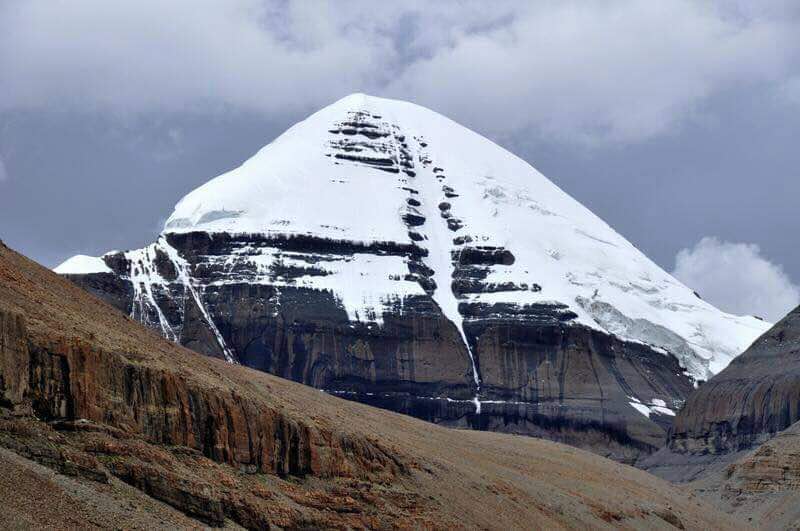
Lastly, Mount Kailash is a pilgrimage and not a trek. Those of you who are thinking about it as a trek, mind you, it’s meaningless if you are not able to feel the spiritual energies while you take a parikrama of the sacred Kailash. When you go there as a pilgrim and not as a trekker, you will be awestruck with the vibes you will feel there and it will awaken you to be a more wonderful you.
In a world filled with materialistic pleasures, we forget to connect with our spiritual self. There are days when we tend to introspect our prospects, past decisions or seek healing and forgiveness. However, we are so busy in our daily life that our feelings do not last long. But what if you can feel more deeply and can connect with your spiritual being? Kailash Mansarovar Yatra is a journey of forgiveness, a journey of healing, a journey of self-proclamation and more. Encapsulated by immense beauty, Kailash Yatra boasts of a journey that connects with your soul.
Get inspired with these popular stories on Kailash Mansarovar Yatra:
Kailash Mansarovar Yatra trek: A Spiritual Journey to the Himalayas
Full Moon Kailash Mansarovar Yatra: What to Expect
Kailash Mansarovar Yatra Trek: Experience A Unique Combination of Adventure and Spiritual Ecstasy!
Kailash Mansarovar Yatra Offers Tranquility and Soul-stirring Natural Charm


